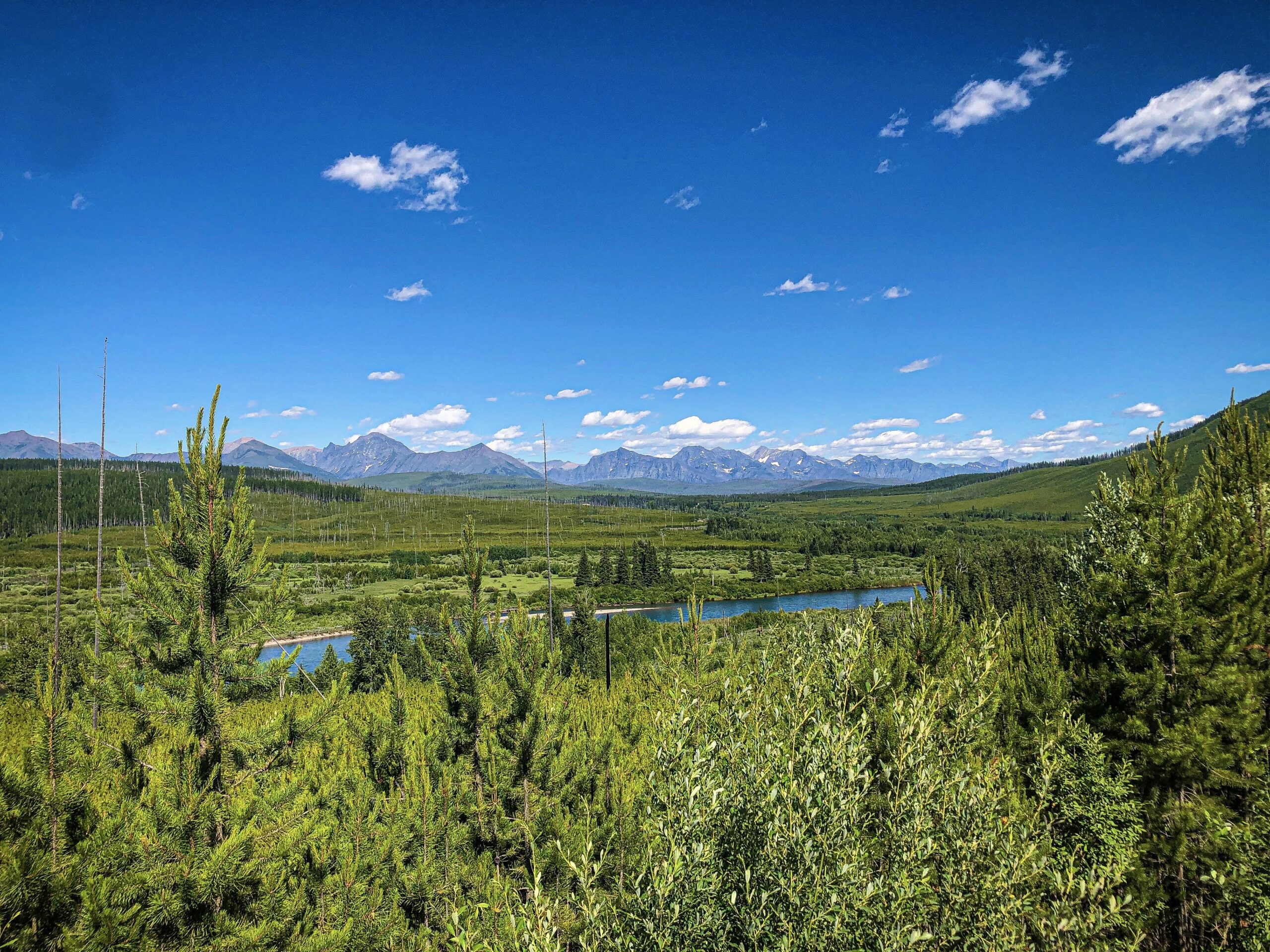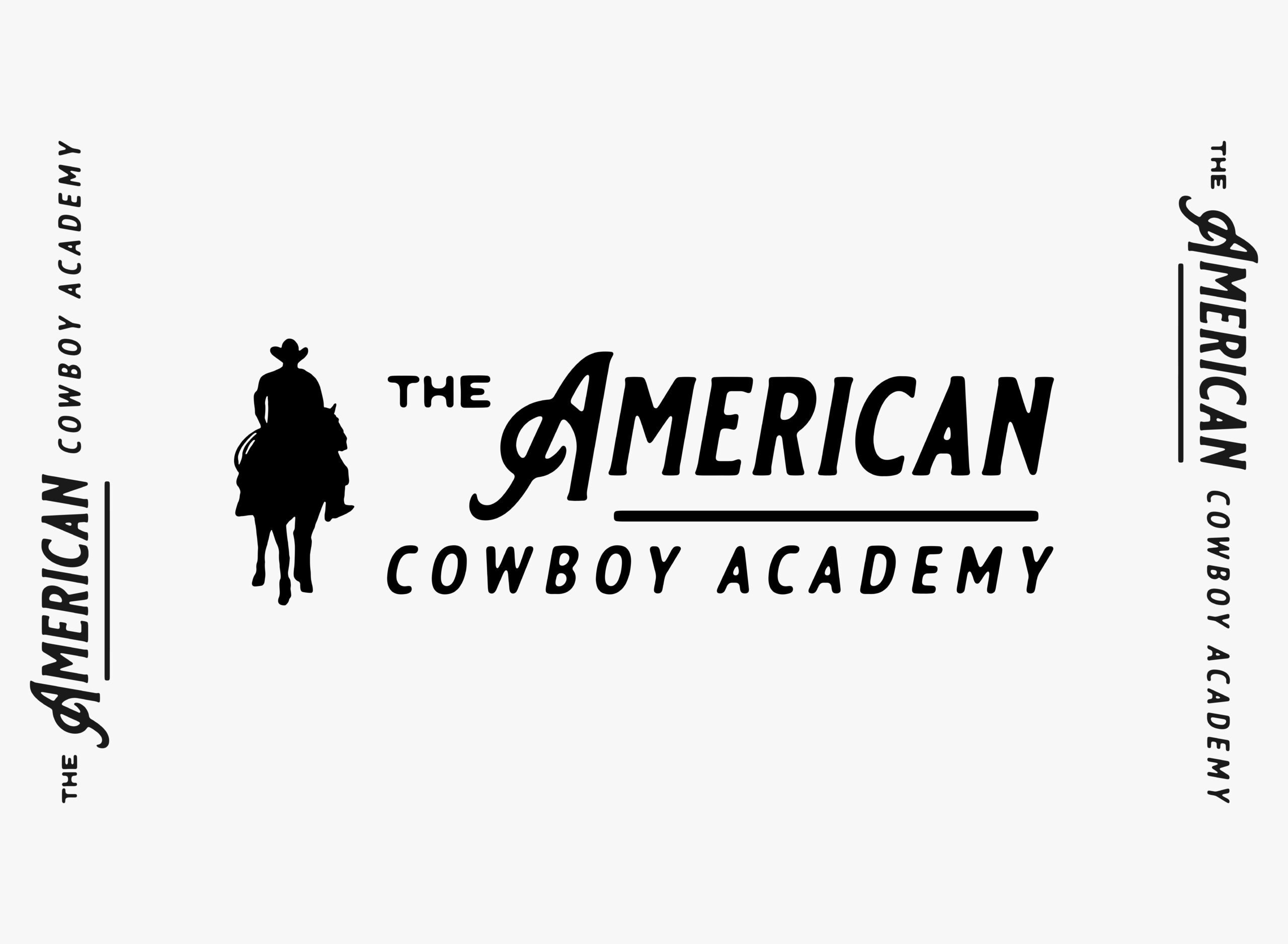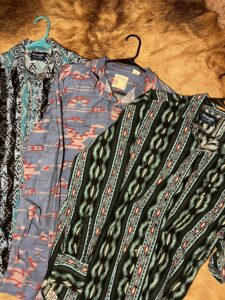The American cowboy, a cultural icon deeply rooted in the history and lore of the United States, represents the spirit of adventure, independence, and ruggedness. The story of the American cowboy is one of resilience, hard work, and a profound connection to the land. This in-depth blog takes you on a captivating journey through the captivating history of the American cowboy, exploring their origins, the cattle drives, the cowboy code, and their enduring legacy.
I. Origins of the American Cowboy:
The roots of the American cowboy can be traced back to multiple sources, including the Spanish vaqueros, Native American horsemanship, and the Mexican charros. These diverse influences converged in the vast open spaces of the American West, where the cowboy’s unique way of life began to take shape. We delve into the cultural fusion that gave birth to the cowboy archetype and examine the skills, equipment, and attire that defined their way of life.
II. The Cattle Drives and the Rise of the Cowboy:
The advent of the cattle industry in the 19th century played a pivotal role in shaping the cowboy’s image and livelihood. We explore the era of the great cattle drives, where cowboys herded vast herds of cattle across long distances, navigating treacherous terrain and enduring harsh weather conditions. From the Chisholm Trail to the Goodnight-Loving Trail, we uncover the challenges and triumphs of these epic journeys that helped establish the cowboy as an enduring symbol of the American West.
III. The Cowboy Code: A Way of Life:
Beyond their iconic image, cowboys lived by a distinct code of conduct that embodied their values and principles. We delve into the tenets of the cowboy code, emphasizing the importance of honesty, integrity, hard work, and respect for both fellow cowboys and the land they traversed. We explore the rituals and traditions that were part of cowboy life, from cattle roundups and branding to campfire storytelling.
IV. The Decline and Revival:
As the cattle industry underwent transformations, including the advent of barbed wire fences and the expansion of railroads, the traditional cowboy lifestyle began to fade. We examine the factors that led to the decline of the cowboy era and the subsequent romanticization of their legacy in popular culture, including literature, film, and music. We also explore the modern-day revival of cowboy culture, with rodeos, ranches, and western heritage events keeping the spirit of the cowboy alive.
V. The Enduring Legacy:
The legacy of the American cowboy extends far beyond their historical era. We discuss the cowboy’s impact on American culture, their influence on fashion, language, and popular imagery. Furthermore, we highlight the contributions of notable cowboys and cowgirls who became legendary figures, such as Buffalo Bill Cody, Annie Oakley, and Charles Goodnight. The enduring symbol of the cowboy continues to captivate and inspire people around the world.
Conclusion: The American cowboy, born out of a unique blend of cultural influences, made an indelible mark on the history and identity of the United States. Their way of life, deeply connected to the land and defined by principles of honor and hard work, continues to evoke a sense of nostalgia and admiration. From the early days of cattle drives to the present-day celebration of cowboy culture, the American cowboy remains an enduring symbol of the untamed spirit and wild frontier of the American West.





